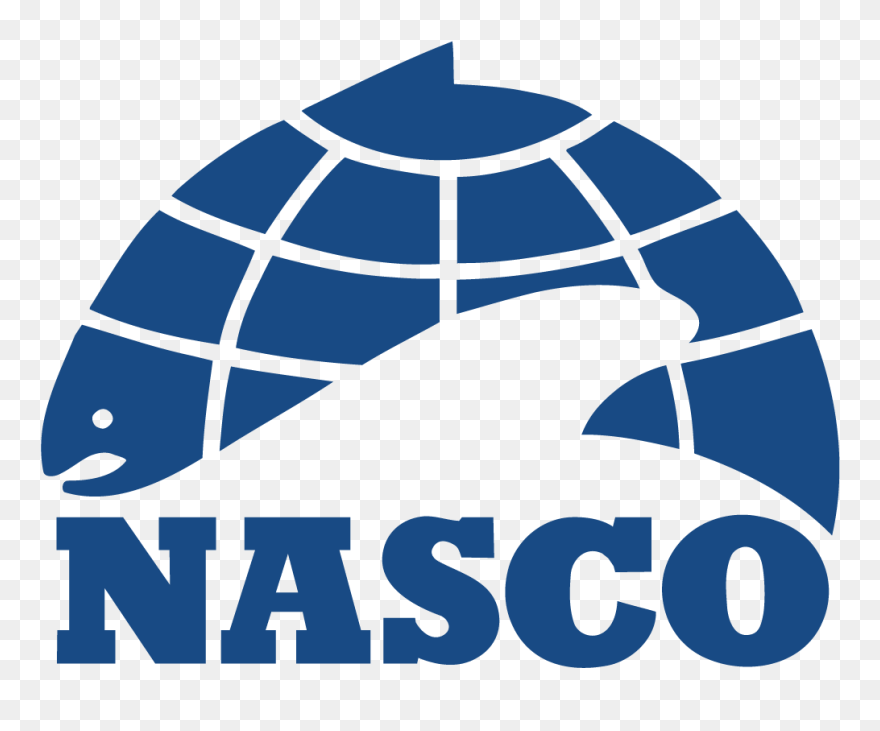Galloway rivers interactive map
The link below gives access to an interactive map which summaries the distribution of salmon and trout in the main river catchments in Scotland.
The map also provides some information on the main factors limiting the distribution of salmon and trout in Galloway, as well as the main management actions which need to be undertaken to improve their abundance.
Understanding the distribution of salmon and trout and the factors which limit their distribution is vital for appropriate management actions to be undertaken. This broad overview highlights some of the key issues in each river sub-catchment area. It is important to note these summaries are general in nature and will not be appropriate for every water course within each area. For more detailed information on individual watercourses you should contact Galloway Fisheries Trust.
On the interactive map salmon and trout populations are described as:
Good
This suggests that in general, but not necessarily everywhere, the population densities are relatively healthy. They are likely to be close to the carrying capacity for the habitat available.
Poor
This suggests that in general, but not necessarily everywhere, the populations are lower than would be expected when considering the instream habitats present.
Absent
No individuals of this species are present.
This project was supported by an ‘International Year of the Salmon’ small grant via NASCO.

Latest News
Fisheries Management Scotland- Annual Report
GFT recently attended the Fisheries Management Scotland Conference 'Salmon and People in a changing world.
Sparling Goes To School
This year's Saving the Sparling Project Intern has been continuing with the Sparling Goes to School Project by visiting local primary schools to teach pupils about the amazing Sparling.
Saving the Sparling update by Courtney Rowland
Courtney is GFT's second Saving the Sparling intern. She has been working towards the arrival of Sparling since she began in December, focusing on education and public engagement. Sparling arrived in the Cree around the 22nd of February. This news story is Courtney's update on how it all went.